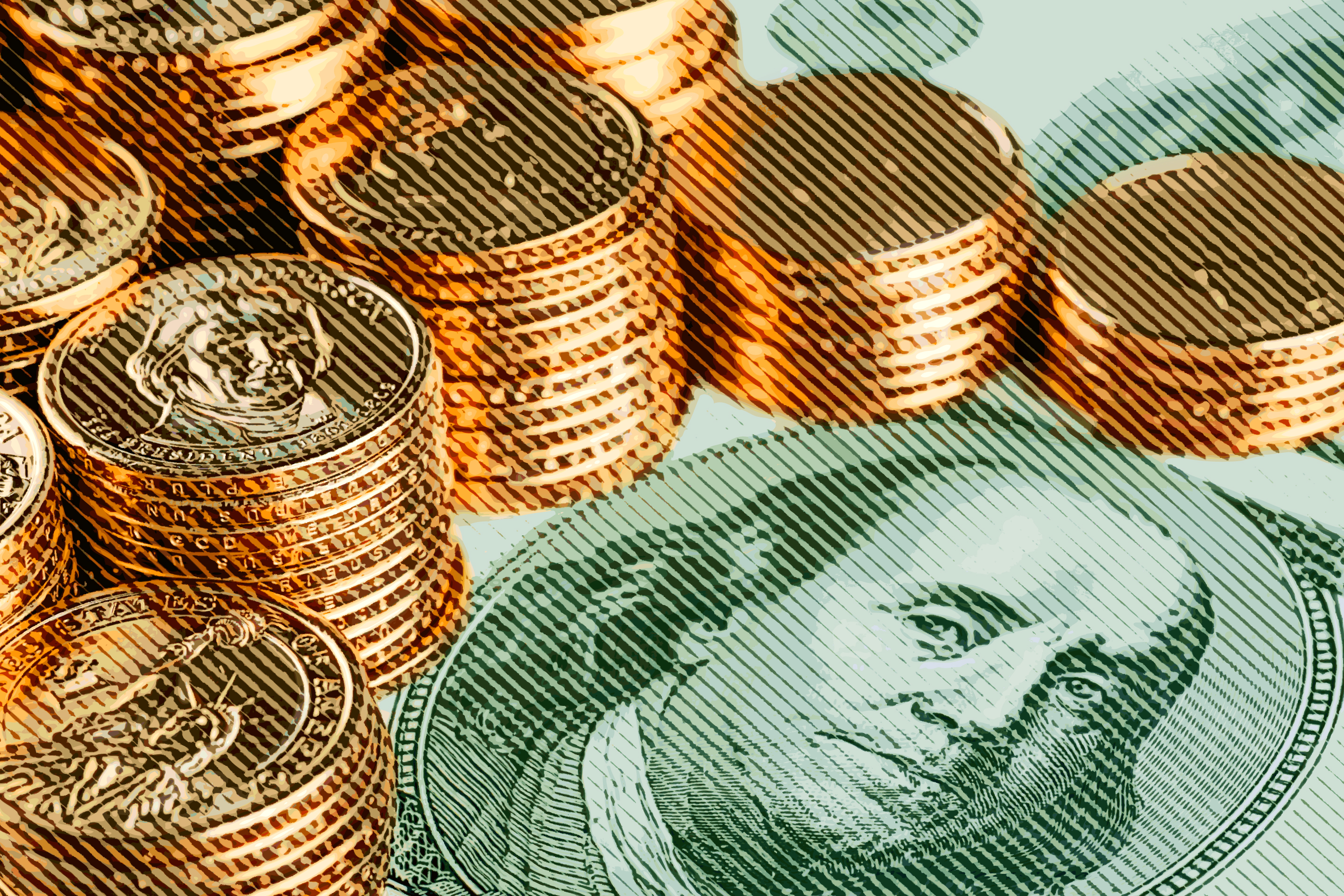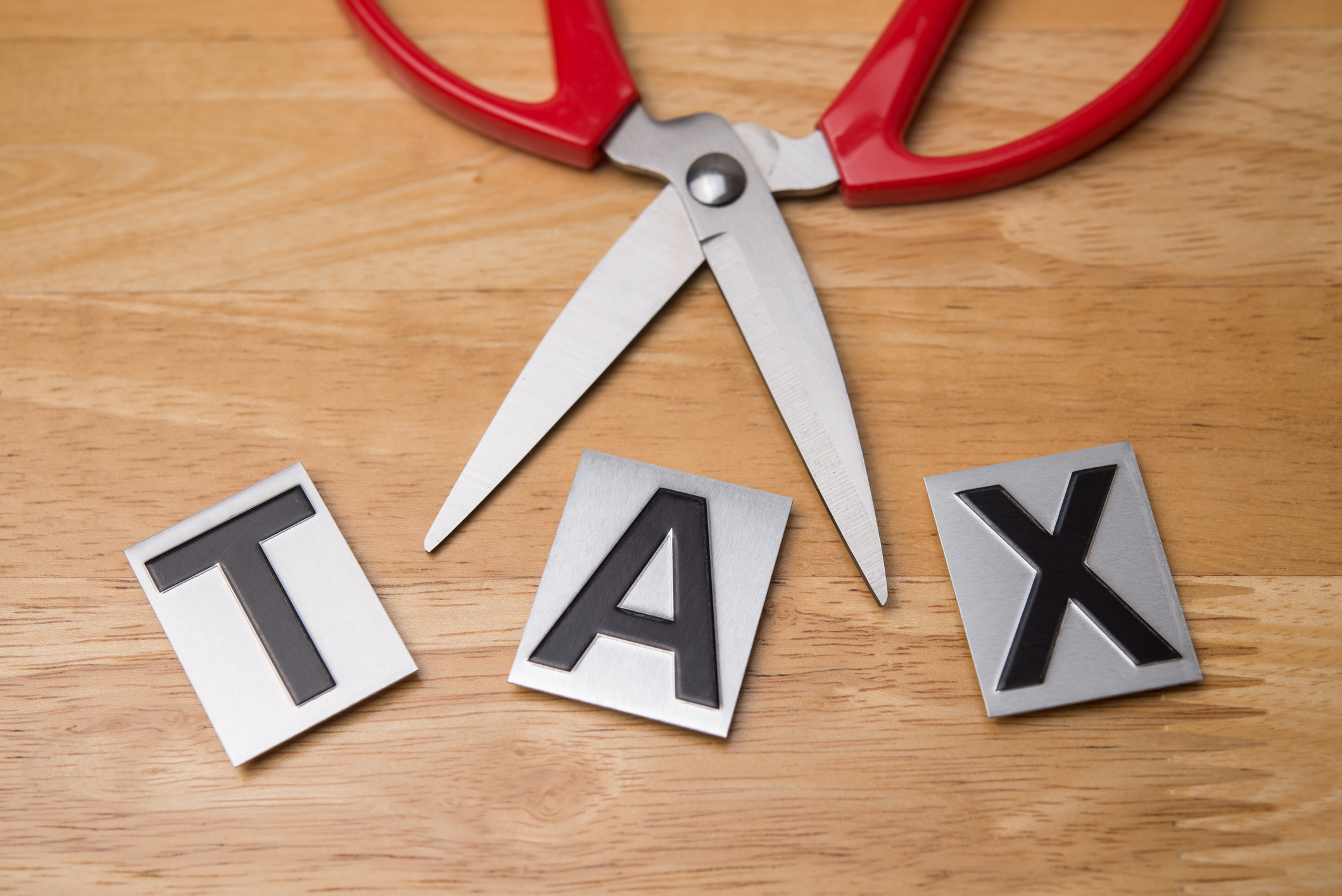Seven Flaws in China's Growth Model
Short term, China will keep growing rapidly, adding to demand and boosting the global economy. Long term, the picture’s not so pretty.
China’s economy is slowing, but only a little. The July industrial production numbers announced by the country’s National Bureau of Statistics on Aug. 11 were weaker than expected. That raised fears that one of the engines of global growth was about to seize up. In fact, the slight slowdown is intentional, the result of moves by Beijing to prevent overheating. China can and will change course if the need arises. We still expect it to grow about 10% this year, a figure that will make most of the world envious.
Still, over the next few years, Chinese growth has to moderate somewhat. Double-digit annual GDP gains in the past were relatively easy because the economy was growing from a small base. Those kinds of gains will be harder to achieve now that China is the world’s second largest economy, about one-third the size of the U.S. But China’s lightning expansion also masks a host of serious structural flaws. Fixing them will take major reforms that, so far, Beijing has proved unwilling to make -- in no small part because they would undermine the authority of the ruling Communist Party.
Here are seven of the most entrenched problems: (or, View as a Slide Show)
From just $107.88 $24.99 for Kiplinger Personal Finance
Become a smarter, better informed investor. Subscribe from just $107.88 $24.99, plus get up to 4 Special Issues

Sign up for Kiplinger’s Free Newsletters
Profit and prosper with the best of expert advice on investing, taxes, retirement, personal finance and more - straight to your e-mail.
Profit and prosper with the best of expert advice - straight to your e-mail.
Excessive capital investment. Beijing rewards provincial and local government officials with promotions if they manage their regions well. For decades, the chief measure of progress was success in providing jobs for a rapidly growing urban workforce. That usually meant building factories or adding infrastructure, whether needed or not. Such overcapacity leads to waste of scarce resources, deflation and dumping of excess production abroad.
Financial mismanagement. Local officials force state-owned banks to finance that construction at next-to-nothing rates, with no regard for borrowers’ suitability. Inevitably, nonperforming loans pile up on the banks’ balance sheets. Beijing already recapitalized the four largest state banks once, forcing ordinary depositors to foot the bill, which hurt consumption. Now bad loans are once again on the rise, a result of the $586-billion stimulus China poured through banks last year. Though Beijing could manage another bailout, it certainly can’t go through this cycle endlessly.
Flawed education. Chinese colleges graduate many times the number of engineers and scientists that American universities produce, but such statistics are misleading. To meet the quotas for graduates set by Beijing, academic programs dilute their standards. They further inflate their count by counting as engineering students those studying to become mechanics or industrial technicians. The result, according to a pioneering study led by Duke University professors Gary Gereffi and Vivek Wadhwa, is that many of these graduates fall far short of the standards imposed by U.S. colleges and universities. When they graduate, many are unable to find work in their professions.
Stifled innovation. Those engineers and scientists who do measure up -- the cream of Chinese universities or those who study overseas and return home -- often have little freedom to explore. If they work for state-owned firms or universities, Beijing dictates the direction of research and development. Many gravitate to the more open atmosphere at private firms, but these companies can’t get loans to grow because state enterprises gobble up the capital. Beijing aims to compensate by forcing multinationals to transfer advanced technology as the cost of doing business in China, but foreign firms are fighting back hard.
Environmental degradation. Water pollution and water shortages pose the most serious problems. They cause health ailments, damage agriculture, jam up hydroelectric dams, interfere with manufacturing and limit urbanization. As aquifers dry up, soil erodes, turning an area the size of Connecticut to desert every year. The resulting dust storms add to the country’s already horrendous air pollution. Beijing’s preferred solution to the problem is a massive south-to-north river diversion project. Odds are, that will make matters worse, draining water from already overtaxed southern supplies.
Corruption. One of the major reasons Beijing has such a hard time dealing with all the problems mentioned above is that so many individuals have a vested interest in keeping things exactly as they are. Communist Party officials pay for their advancement, then aim to earn back their investment. Local governments seize houses and land, sell it to developers with little compensation for those displaced, then take kickbacks from the construction companies. Academics provide kickbacks to the party in exchange for research funding. U.S. companies operating in China suffer as well. “When U.S companies hire for research and development there, there’s a lot of pressure to put Communist Party members in key positions,” says Wadhwa.
Beijing does make examples of particularly corrupt officials and business leaders, sometimes even executing the offenders. But the problem of corruption is endemic, says Liao Ran, a China specialist with Transparency International. “Generally speaking, the cost of corruption amounts to about 10% to 13% of annual GDP,” he says. In absolute terms, that’s a loss of $500 billion to $700 billion per year.
And demographics. As the generation of the Cultural Revolution retires, the burden of their care falls heavily on the smaller generation of the one-child policy. “The Chinese population is simply growing older faster than it’s getting richer,” says Peter Navarro, a professor of economics and public policy at the University of California at Irvine. As fewer workers support more retirees, competitiveness will suffer. For an illustration of what this could mean, China need look no farther than Japan.
Profit and prosper with the best of Kiplinger's advice on investing, taxes, retirement, personal finance and much more. Delivered daily. Enter your email in the box and click Sign Me Up.
-
 7 Ways to Plan Now to Save on Medicare IRMAA Surcharges Later
7 Ways to Plan Now to Save on Medicare IRMAA Surcharges LaterUnderstand the critical two-year lookback period and why aggressive planning before you enroll in Medicare is the most effective way to minimize IRMAA.
-
 Law Reversal Looming? Trump Eyes 2026 Gambling Winnings Tax Change
Law Reversal Looming? Trump Eyes 2026 Gambling Winnings Tax ChangeTax Deductions It's no secret that the IRS is coming after your gambling winnings in 2026. But how long will that last?
-
 Trump's Plan to Eliminate Income Tax: 7 Things to Know Now
Trump's Plan to Eliminate Income Tax: 7 Things to Know NowTax Policy The potential consequences of eliminating taxes in favor of Trump tariffs could impact everything from inflation to Social Security and might give some U.S. taxpayers pause.
-
 AI Appliances Aren’t Exciting Buyers…Yet
AI Appliances Aren’t Exciting Buyers…YetThe Kiplinger Letter Artificial intelligence is being embedded into all sorts of appliances. Now sellers need to get customers to care about AI-powered laundry.
-
 What to Expect from the Global Economy in 2026
What to Expect from the Global Economy in 2026The Kiplinger Letter Economic growth across the globe will be highly uneven, with some major economies accelerating while others hit the brakes.
-
 The AI Boom Will Lift IT Spending Next Year
The AI Boom Will Lift IT Spending Next YearThe Kiplinger Letter 2026 will be one of strongest years for the IT industry since the PC boom and early days of the Web in the mid-1990s.
-
 Amid Mounting Uncertainty: Five Forecasts About AI
Amid Mounting Uncertainty: Five Forecasts About AIThe Kiplinger Letter With the risk of overspending on AI data centers hotly debated, here are some forecasts about AI that we can make with some confidence.
-
 Worried About an AI Bubble? Here’s What You Need to Know
Worried About an AI Bubble? Here’s What You Need to KnowThe Kiplinger Letter Though AI is a transformative technology, it’s worth paying attention to the rising economic and financial risks. Here’s some guidance to navigate AI’s future.
-
 Will AI Videos Disrupt Social Media?
Will AI Videos Disrupt Social Media?The Kiplinger Letter With the introduction of OpenAI’s new AI social media app, Sora, the internet is about to be flooded with startling AI-generated videos.
-
 What Services Are Open During the Government Shutdown?
What Services Are Open During the Government Shutdown?The Kiplinger Letter As the shutdown drags on, many basic federal services will increasingly be affected.
-
 The Economy on a Knife's Edge
The Economy on a Knife's EdgeThe Letter GDP is growing, but employers have all but stopped hiring as they watch how the trade war plays out.